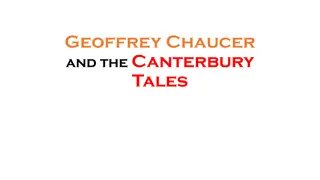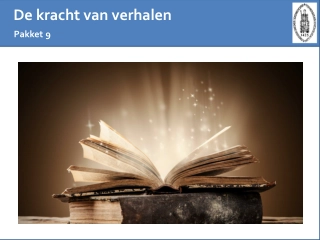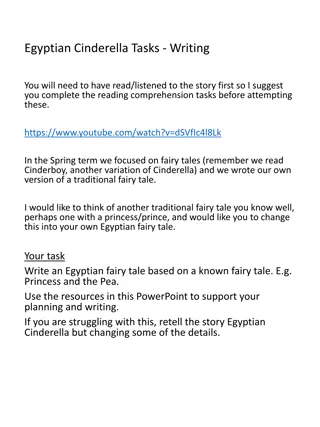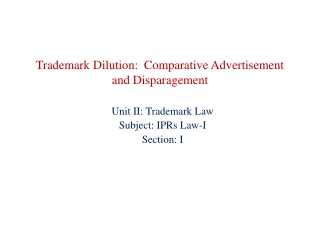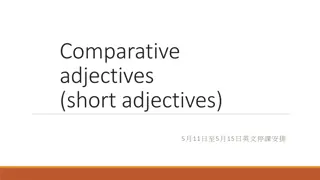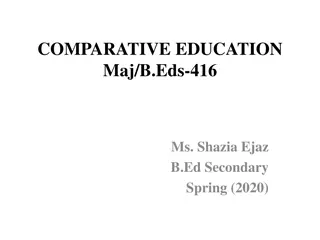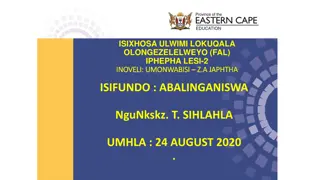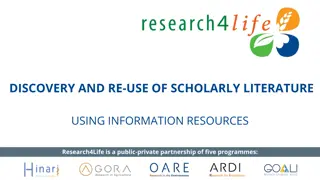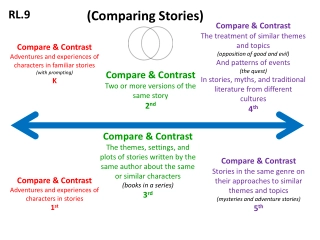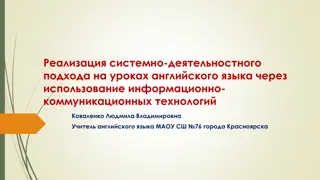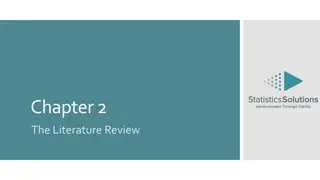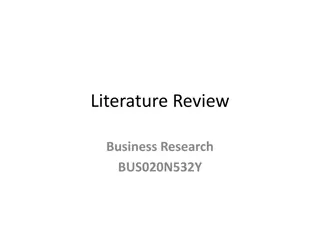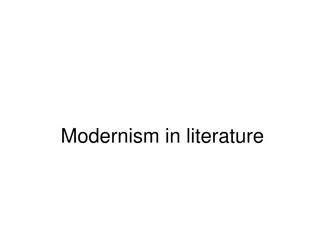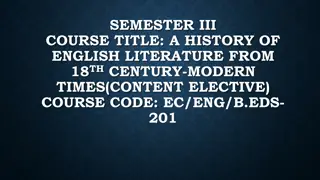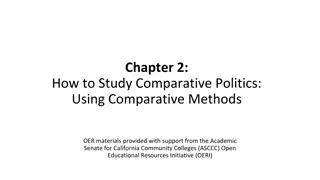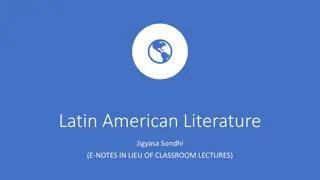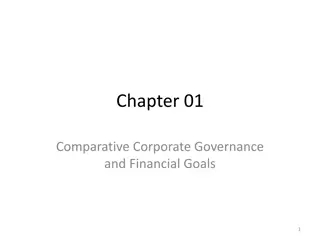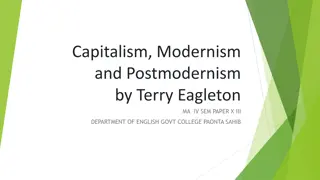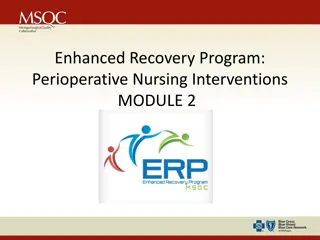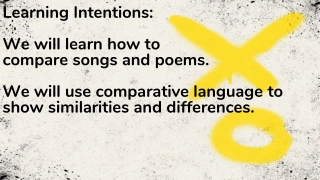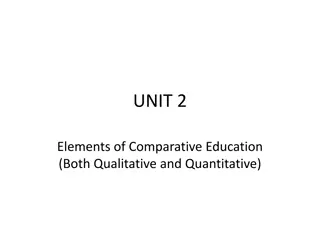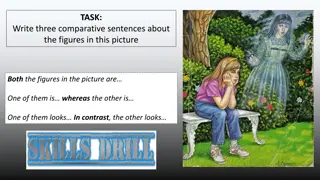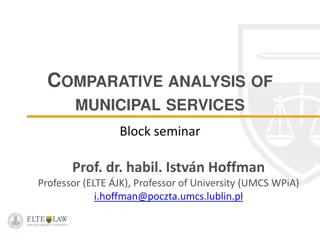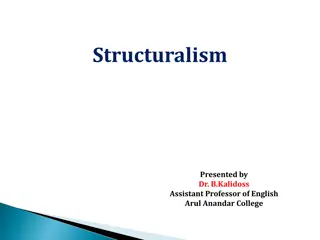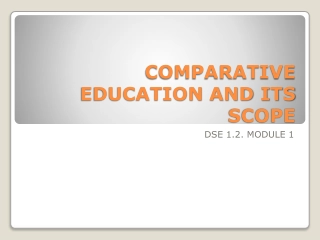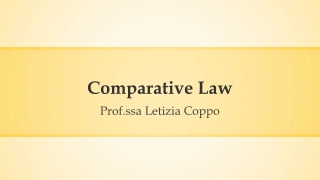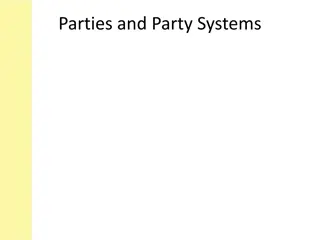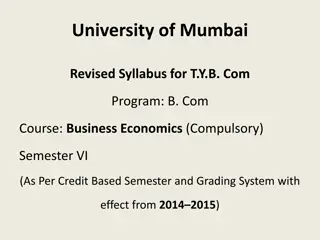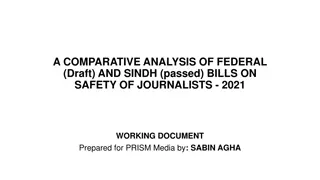Exploring Fairy Tales Through Comparative Literature for Enhanced Learning
Delve into the world of fairy tales through comparative literature to bridge the gap between school and social/cultural aspects, enhancing analytical skills and moral values. Using different models and pre-reading activities, engage learners in exploring the rich themes and characters in fairy tales, fostering language development and critical thinking.
Download Presentation

Please find below an Image/Link to download the presentation.
The content on the website is provided AS IS for your information and personal use only. It may not be sold, licensed, or shared on other websites without obtaining consent from the author. Download presentation by click this link. If you encounter any issues during the download, it is possible that the publisher has removed the file from their server.
E N D
Presentation Transcript
Teaching Fairy Tales Through Comparative Literature Bet l ALTA
Fairy Tales Fairy tales are full of binary oppositions such as good/bad and black/white. Fairy tales : involve fantastic forces and beings offer insights into an introduction to arts for the child.
Comparative literature through teaching fairy tales bridges the gap between: school and social/cultural psychological lives of learners. It is the study of texts across cultures.
Why Comparative Literature? Analysis of literary texts from a comparative perspective. Focus is on the significance of culture in the textual analysis.
Why Culture? Analyzing target culture provides: a) a perspective with the metaphorical cultural space in the literary text.
Why Comparative Literature? Comparing and contrasting characters and plots help learners improve analytical skills. Study of different texts (side by side) enables young learners how to interpret : a) common points b) differences
Use of Different Models in Teaching Fairy Tales The cultural heritage model The social sciences model The reflective inquiry model
Purpose of Using Fairy Tales Providing aesthetic experiences for children Stimuli for both intellectual and emotional responses Enhancing the language development when they are provided with plays, songs, and games
Building the gap between social life and literary work Developing moral values while analyzing, comparing, and constrasting texts
Pre-reading Activities Display students the pictures from the books Ask them to guess what will happen. Tell the stories to the students by: reading them from the books or displaying pictures. The aim of this activity is to help learners to guess the context from the pictures .
While reading Write down the most significant words Ask students to guess the meaning of the words Divide the learners into groups, and organize the activity like a game or contest You can also display the pictures and ask students to match the words with the right pictures
You can choose the words that describe the characters. Ask students to match the words with the characters.
Instructional Techniques for Comparative Teaching of Fairy Tales Comparing the characters such as bad or good characters in both tales Comparing the plots Analyzing universal themes such as justice and injustice; luck and bad luck and so on.
Ask the students to recreate the end of the both tales. While organizing the ending, ask them to change the behavior of the bad characters and turn them into good ones.




